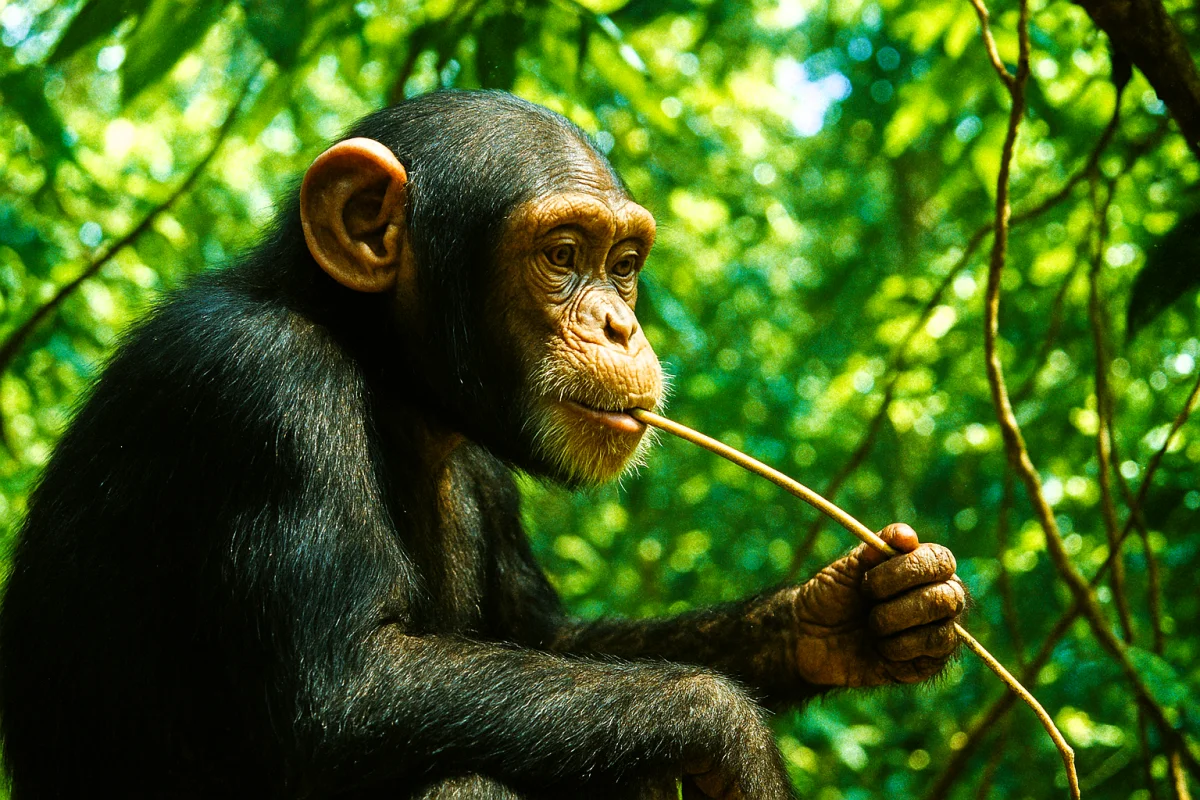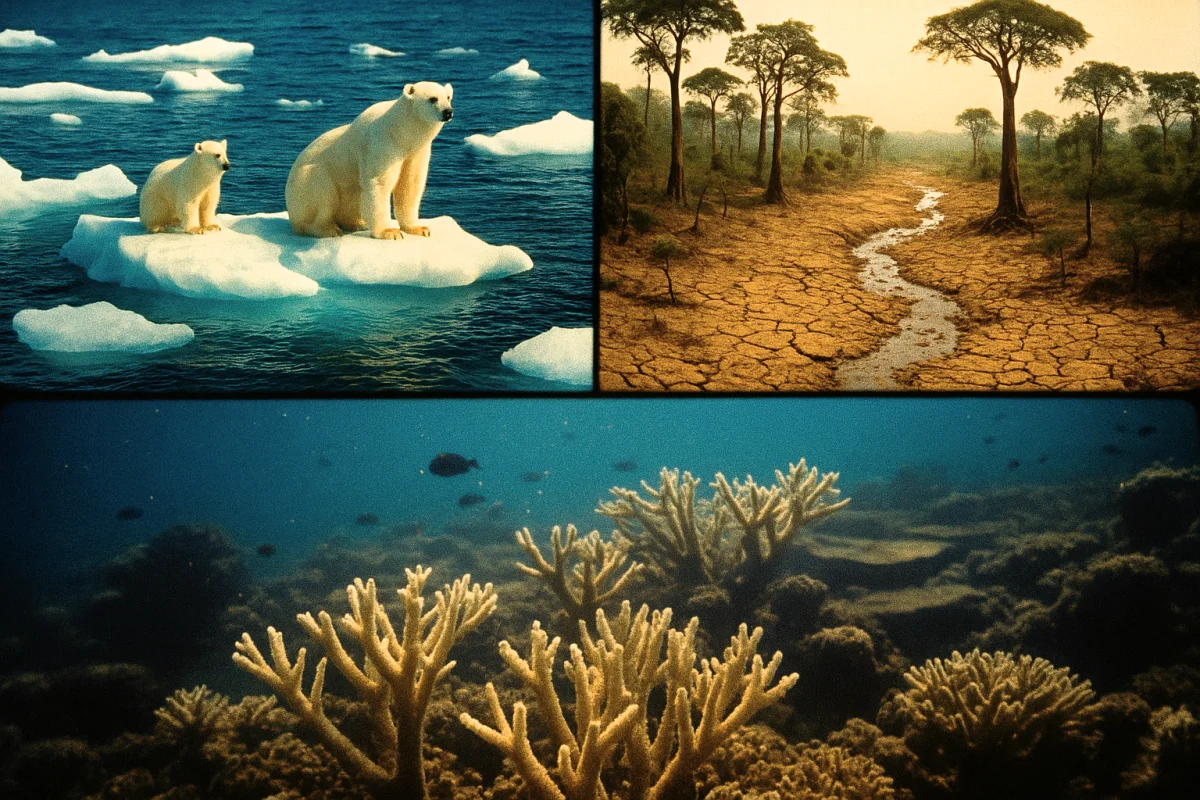The Smartest Animals on Earth: The Evolution of Intelligence in the Wild
The animal kingdom has always fascinated humanity. Yet, when we speak of intelligence, humans often place themselves at the top. Science increasingly shows, however, that intelligence is not a uniquely human trait. Across the planet, many species demonstrate problem-solving skills, complex social structures, and emotional depth. These discoveries not only inspire awe but also challenge our understanding of what it truly means to be “intelligent.”
Studying animal intelligence also teaches us about ourselves: how cognition evolved, how nature crafted survival strategies, and how we can better value the diversity around us. In this article, we explore some of the most intelligent animals on Earth, looking at their abilities, survival strategies, and the lessons they offer humanity.

Cognitive Architecture: Measuring Intelligence in Nature
Defining intelligence is not easy. Scientists generally consider several criteria: problem-solving ability, tool use, social relationships, complex communication, and self-recognition (such as passing the mirror test). These markers help us compare intelligence across species. But it is important to note that intelligence manifests differently: for a marine animal it may mean echolocation, for a bird — abstract problem solving, and for mammals — managing social hierarchies.
The Apex of Intelligence: Primates
Chimpanzees, orangutans, and gorillas are widely recognized as some of the smartest animals. Chimpanzees actively use tools: stones to crack nuts, sticks to extract insects or honey. These skills are not only individually developed but also taught to offspring — a cultural trait.
Orangutans, known for their solitary lives, are remarkably resourceful. They can craft “umbrellas” from leaves to protect against rain and solve intricate puzzles. Gorillas demonstrate emotional depth; some can learn sign language and communicate meaningfully with humans.
These behaviors prove that primates possess not only instinct but also knowledge transmission and social learning, key elements of culture.
Evolutionary Adaptations: Mind as the Ultimate Advantage
Dolphins: The Geniuses of the Ocean
Dolphins are among the most intelligent marine animals. They have a highly sophisticated vocal communication system, including signature whistles that act like individual names, enabling them to call each other specifically. Their brains are large, complex, and contain Von Economo neurons, linked to empathy and social awareness.
Dolphins also display playfulness — tossing fish like balls or surfing waves for fun. Such behaviors indicate more than survival instincts; they highlight curiosity and the pursuit of joy, hallmarks of intelligence.
Elephants: Memory and Emotion
Elephants are not only giants of the land but also giants of memory and emotion. Elephant societies are matriarchal: the oldest female leads the herd, passing down critical knowledge about water sources, routes, and dangers. Their legendary long-term memory is key to survival.
Elephants also grieve. They return to the bones of deceased family members, gently touch them, and display sadness. These actions suggest deep emotions, empathy, and social bonds. Their intelligence reminds us that being smart is not just about technical problem-solving but also about emotional depth.
Octopus: The Engineer of the Ocean
If primates and mammals are classic examples of intelligence, the octopus offers something radically different. Much of its nervous system is distributed in its arms, giving each limb a degree of autonomy. This allows octopuses to perform independent problem-solving with each tentacle.
Scientists marvel at their problem-solving abilities: octopuses can open jars, use coconut shells as portable shelters, and camouflage with astonishing precision. Despite their short lifespans, they learn rapidly and adapt creatively, making them some of the most remarkable problem-solvers in nature.
Avian Intelligence: Crows and Magpies
Crows, ravens, and magpies frequently stun researchers with their intelligence. They use tools, plan multi-step actions, and demonstrate abstract reasoning. In one experiment, crows dropped pebbles into water to raise the level and access floating food — echoing Archimedes’ principle.
Magpies are among the few bird species to pass the mirror test, demonstrating self-awareness. Their brains, though small, are densely packed with neurons, enabling cognitive flexibility and advanced problem-solving.
Rare and Fascinating Cases
Bees and the Dance of Communication
Surprisingly, even bees exhibit sophisticated intelligence. Through their famous “waggle dance”, bees communicate the precise location and distance of food sources. This symbolic language is a rare example of abstract communication among insects. It highlights how collective intelligence can rival individual intelligence in effectiveness.
- Kea parrots in New Zealand are notorious for playfulness. They dismantle objects, steal items, and engage in mischief — behaviors that reveal creativity and curiosity.
- Sea otters use stones as tools, cracking shells against rocks. This knowledge is passed from generation to generation.
- Bonobos, close relatives of chimpanzees, are renowned for peaceful conflict resolution, using social bonds and cooperation rather than aggression.
Threats and Conservation: The Battle for Survival
Ironically, the most intelligent species are often the most vulnerable. Climate change, deforestation, poaching, and ocean pollution threaten their survival. Elephant populations have been decimated for ivory, dolphins face entanglement in fishing nets, and primates lose habitat to expanding agriculture.
Conservation efforts focus on creating protected areas, implementing anti-poaching patrols, raising community awareness, and promoting ecotourism. Without these measures, many of the planet’s smartest species face a bleak future.
Conclusion: What Can We Do?
Animal intelligence shows us that Earth is filled with creativity, awareness, and cooperation. Intelligence is not exclusive to humans; it is an evolutionary tool honed in countless forms. By recognizing this, we can appreciate both nature’s diversity and our place within it.
We can act: support conservation organizations, reduce ecological footprints, and advocate for the protection of wild habitats. Preserving the legacy of intelligence in nature is one of humanity’s greatest responsibilities — ensuring that future generations inherit a planet alive with wonder.
✍ Article Author
- Registered: 26 July 2025, 15:34



 Silent Cat 🐾
Silent Cat 🐾